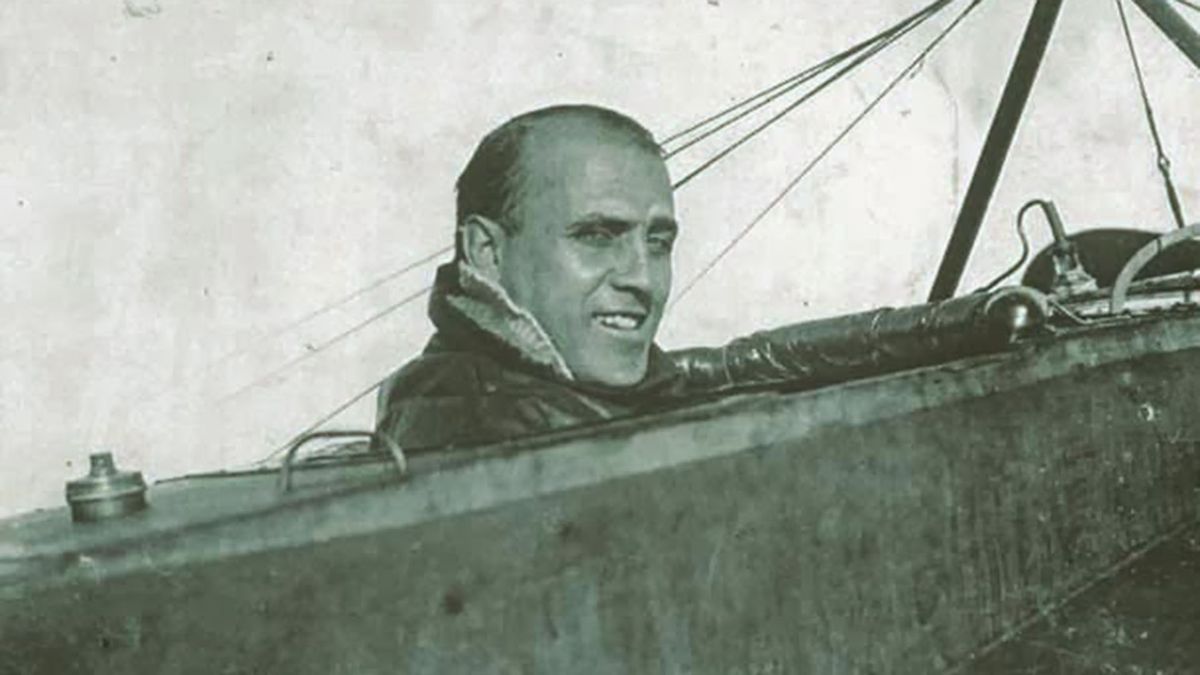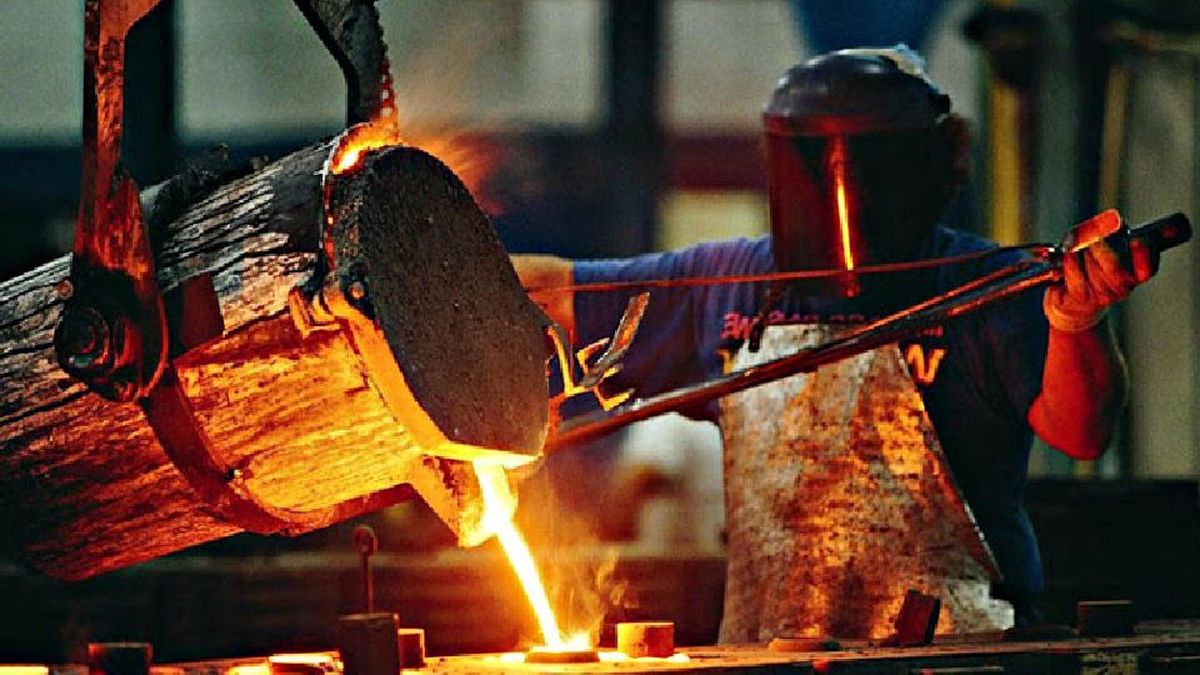March 1, 1914. The world was about to experience a period of horror. Seven countries were going to undertake the bloodiest adventure in their history, starring in the First World War.
Argentina had at that time, eight million inhabitants.
Buenos Aires, its capital, celebrated the Buenos Aires Carnival with healthy joy.
A brief telegram, which had arrived from Mendoza to Buenos Aires, said: “A plane, with only 2 crew members, has crashed in the department of Las Heras, near the city of Mendoza.”
One of them was called Jorge Newbery and he was the most prestigious figure in Argentine aviation.
He was only 39 years old.
Newbery, a brilliant engineer, graduated at the age of 21, had also been an exceptional athlete.
South American foil champion at the age of 26. Speed record holder as a rower, first class motorist and still a high school boxer.
Physically good, friendly, he had also been a South American foil champion at the age of 26.
He was only 25 years old, when the then Mayor of Buenos Aires, Adolfo Bullrich, appointed him General Director of Lighting of the Municipality of Buenos Aires.
But his most defined facet was his love of aeronautics.
His brother, the dentist Eduardo Newbery, who was very close to him spiritually, had disappeared while manning the “Pampero” balloon.
In December 1908, only two months after the death of his brother, Jorge ascended with the “Huracán” balloon up to 3,000 m above sea level, remaining 13 hours in the air. oh
Two South American records!. Of height and permanence in the air.
But when joy reigns, pain awaits its turn.
His only 3-year-old son dies.
His restless mind cherished another reckless project. Cross the Andes mountain range to Chile.
He understood that only by plane, and not by balloon, could he achieve it.
He wanted to be the first, to perform the feat.
There were previously several attempts, all unsuccessful, Lieutenant Origone among them, who paid with his life for his intrepidity.
Newbery knew that to fly over the mountain range he had to exceed 5,000 meters in height.
He then traveled to France where he purchased a monoplane plane, a Saulnier, in vogue at the time.
In January 1914 he returned to Buenos Aires by boat.
The test of the crossing of the Cordillera would be done on Sunday, March 1, 1914.
And came Sunday.
At 6:30 p.m. o’clock the ascent began.
He was accompanied by a friend: Jiménez Lastra.
The plane taxied to the left, gained some height, although it was always banked.
Suddenly, he stopped responding to her. Now she was losing height. She was approaching land dizzyingly. He was always leaning.
He was at 1,000 meters, at 500, at 100. Almost at ground level, Newbery managed to partially upright him, softening the impact, but he couldn’t fully avoid it.
It was enough for his partner Jiménez Lastra to save his life. Well, he suffered only a few fractures.
But Jorge Newbery died instantly. And with him died one of those men who managed to live his life and also die his death. That he needed to observe the sky closely. To measure yourself
And Jorge Newbery brought to my mind this aphorism that I mentioned at the beginning of this note.
“How much better it is to die for something than to die for nothing!”
Source: Ambito
David William is a talented author who has made a name for himself in the world of writing. He is a professional author who writes on a wide range of topics, from general interest to opinion news. David is currently working as a writer at 24 hours worlds where he brings his unique perspective and in-depth research to his articles, making them both informative and engaging.




